






——Understanding Cold and Heat in Colds
Don’t Let It Linger
The Way of Nourishing
Traditional Chinese Medicine’s “Lazy Nourishing”
Colds may seem like a minor illness, but they are actually one of the most common acute respiratory infections in our daily lives.
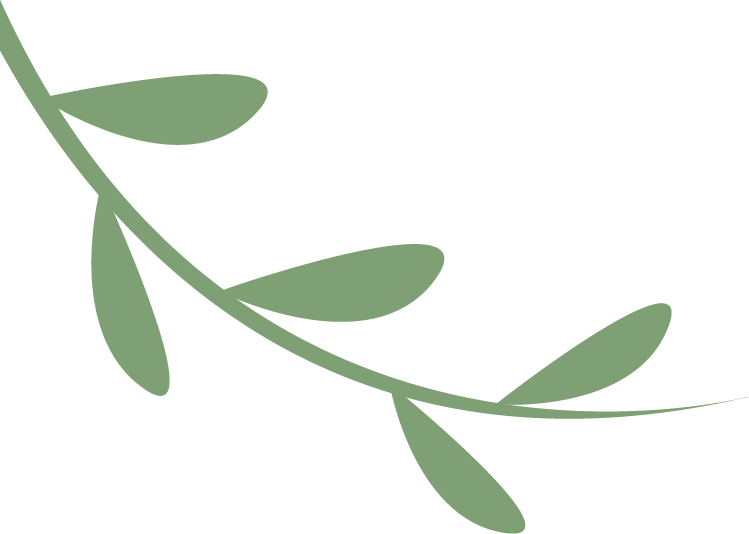
Wind-Cold? Wind-Heat?
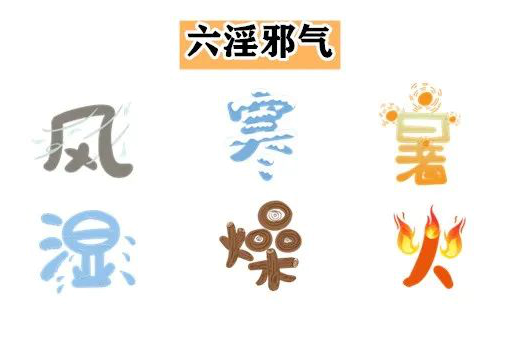
Traditional Chinese Medicine (TCM) has an interesting theory that states colds occur when our body’s wei qi (defensive qi) is insufficient, allowing external pathogenic factors to invade our body. These pathogenic factors can include wind-cold, wind-heat, and other types. Therefore, a cold is not simply a matter of “catching a chill” or “overheating”; it is actually based on a complex TCM theory.
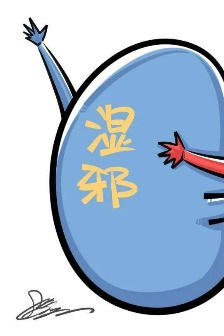

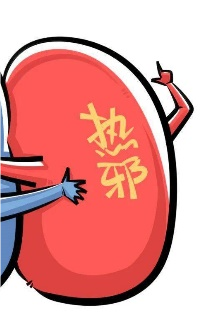
TCM categorizes colds into many types, but the most common are wind-cold and wind-heat colds. Wind-cold colds feel like a cold wind blowing in winter, making you feel chilly and uncomfortable all over; while wind-heat colds feel like a heat wave in summer, making your body feel hot, sometimes accompanied by a sore throat.
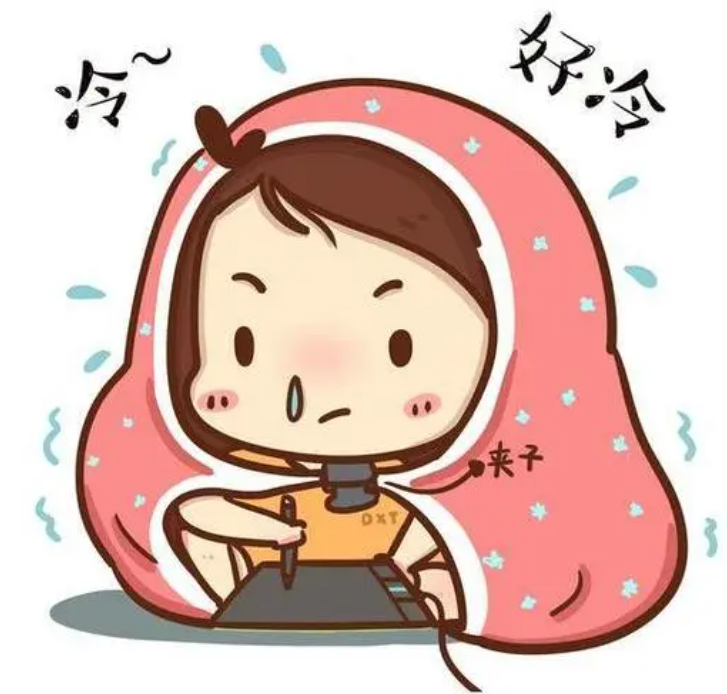
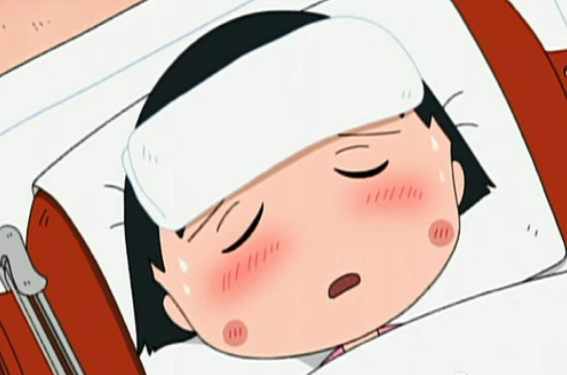
So, when you feel unwell and suspect you might have a cold, consider these TCM theories; they may help you better understand your body’s condition and take better care of yourself.


Wind-Cold Cold
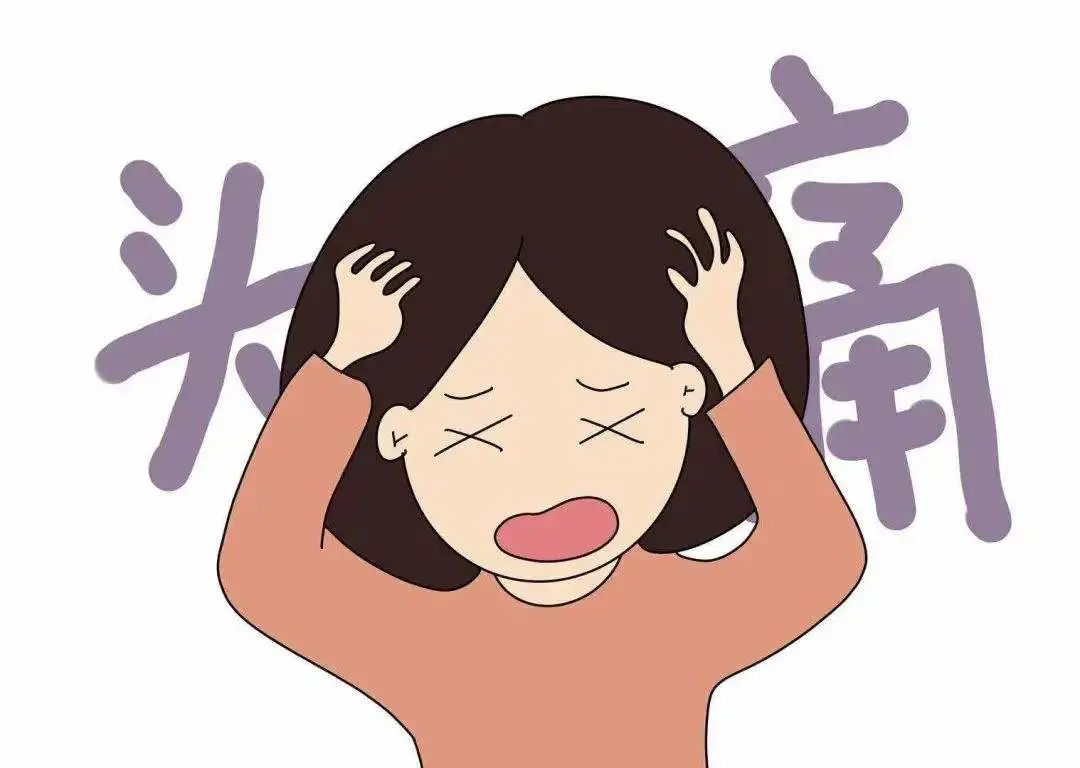
TCM believes that wind-cold colds occur when the external “wind-cold pathogen” invades our body, causing the body’s wei biao (defensive surface) to lose balance, and the lung qi cannot rise and fall normally. In simple terms, the body’s defense system is weakened by the cold wind, giving the virus an opportunity to invade.
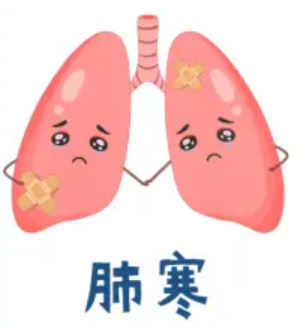

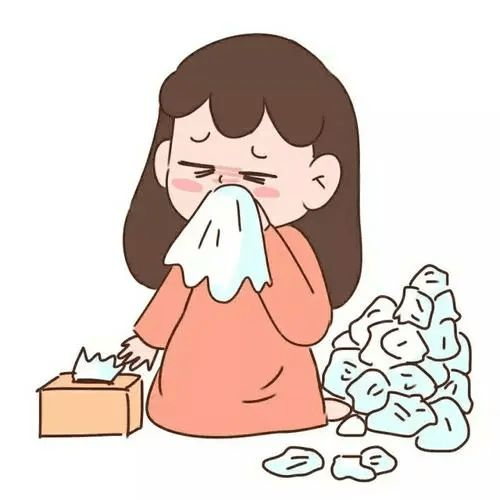
Moreover, this cold is greatly related to the season. In autumn and winter, when the weather is cold, people are more susceptible to the invasion of cold winds, so the incidence of wind-cold colds is relatively high during these two seasons. Therefore, in cold seasons, we must pay special attention to keeping warm to avoid becoming the next target of wind-cold!


Wind-Heat Cold
In spring or early winter, if you suddenly feel discomfort in your throat, followed by a cough and a slight fever, this is due to wind-heat causing lung qi to rebel, leading your body to lose balance. At the same time, due to the invasion of wind-heat on the lung’s defense, wei qi is restrained, making you feel a bit cold. Wind-heat in the lung’s defense may also lead to symptoms such as nasal congestion and sore throat.


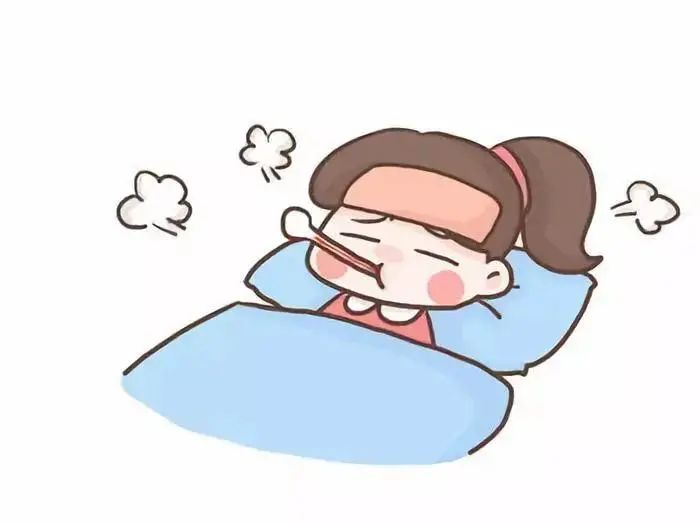


Dietary Prevention
(1) Wind-Heat Cold
There are many folk remedies for treating wind-cold colds, with ginger and brown sugar soup being the most commonly used. If you catch a wind-cold cold, you can boil a bowl of ginger and brown sugar soup to expel the cold from your body.
Choosing Ginger
There are two types of ginger: young ginger and old ginger. Young ginger is tender and has a lower spiciness, suitable for direct consumption as a food ingredient; old ginger has a thick skin and hard flesh, with a strong spicy flavor, suitable for seasoning and has good cold-expelling effects. Therefore, when making ginger and brown sugar soup for colds, choose old ginger that is bright in color and has a smooth surface.
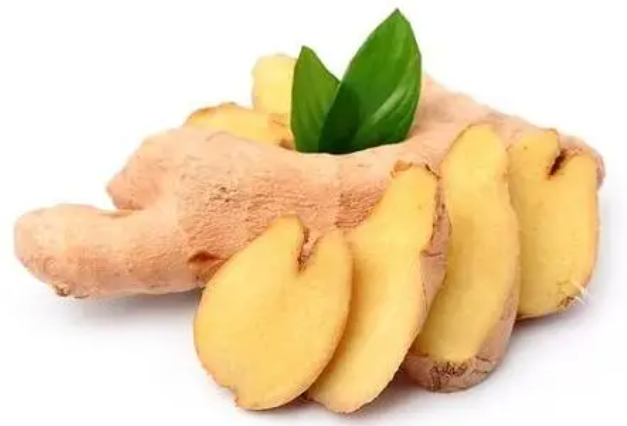

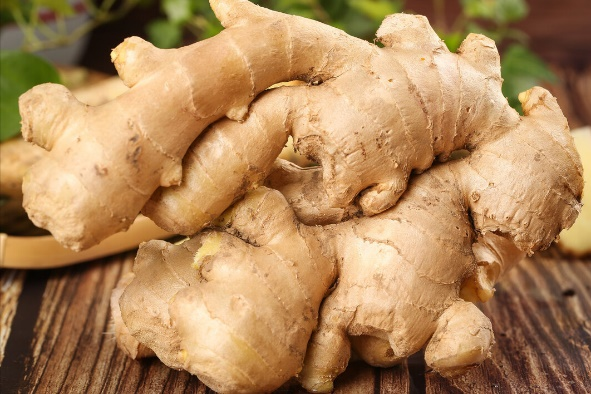
Additionally, when using ginger and brown sugar soup to treat wind-cold colds, it is best to remove the ginger skin and only keep the ginger flesh, because the ginger flesh is spicy and warm in nature, which has the effect of dispersing and expelling cold, while the ginger skin is spicy and cool, which hinders the warming and dispersing effect, not conducive to sweating.
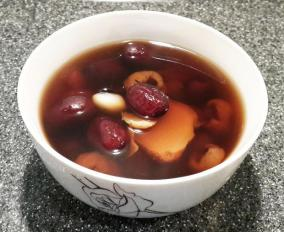
Preparation
To make the soup, take 15 grams of ginger, peel and wash it, then cut it into thin strips, put it in a pot with a bowl of water, add 10 grams of perilla leaves, and 3 segments of green onion. Start boiling on high heat, then reduce to low heat and simmer for about 15 minutes, then turn off the heat and let it steep for a while, finally adding brown sugar to taste.
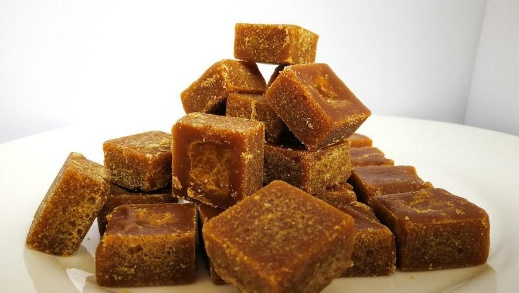

(2) Wind-Heat Cold
The treatment for wind-heat colds mainly focuses on dispersing wind-heat and clearing heat and detoxifying using mulberry leaves, chrysanthemum, mint, and forsythia.
Mulberry Leaf and Chrysanthemum Drink
Preparation: 5 grams of mulberry leaves, 5 grams of chrysanthemum, 3 grams of mint, and 30 grams of bitter bamboo leaves. Wash them with clean water, put them in a teapot, and steep with boiling water for ten minutes, then drink at any time.
Effect: Spicy and cool, disperses the exterior, and prevents wind-heat colds.
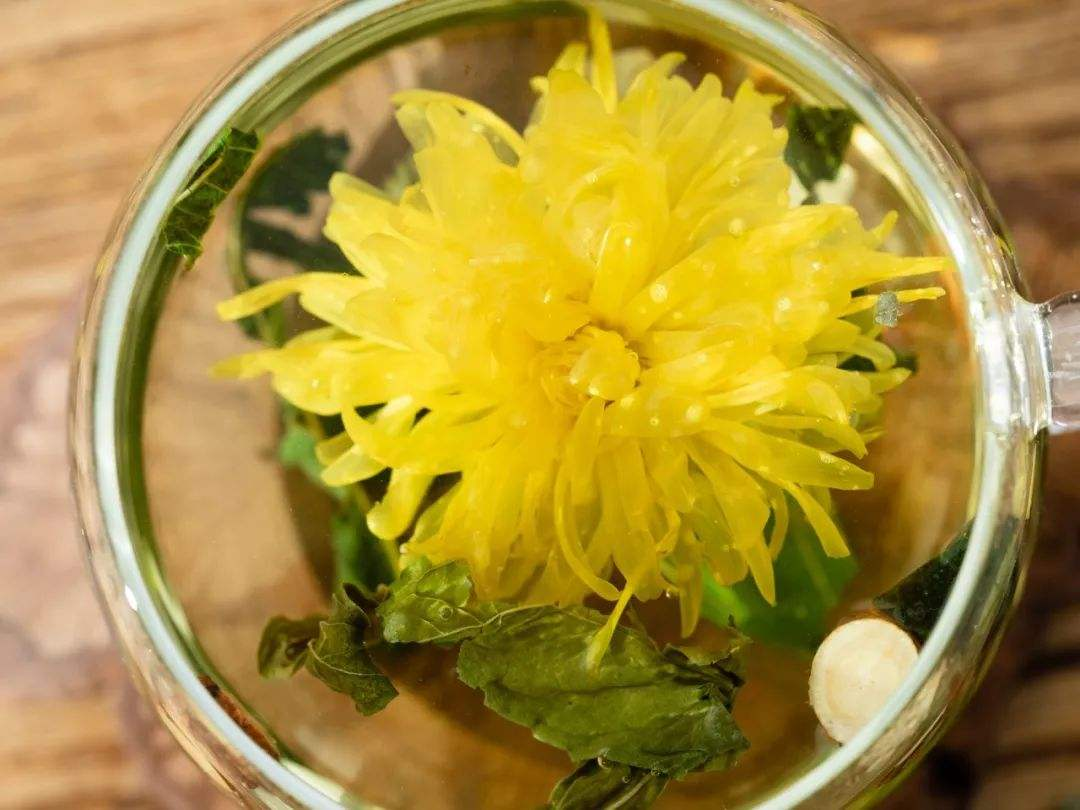
Three Flower Tea
Preparation: 15 grams of honeysuckle, 10 grams of chrysanthemum, and 3 grams of jasmine. Place the three flowers in a teacup, pour boiling water over them, and steep for 10-15 minutes, then drink as tea.
Effect: Clears heat and detoxifies, preventing and treating wind-heat colds and sore throats caused by heat toxins.
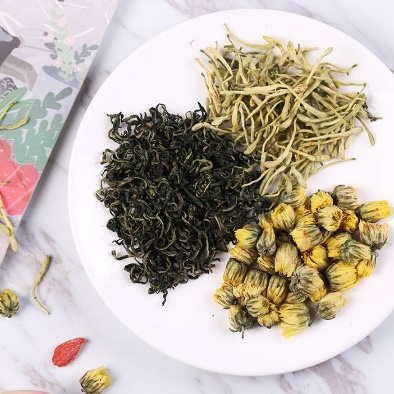

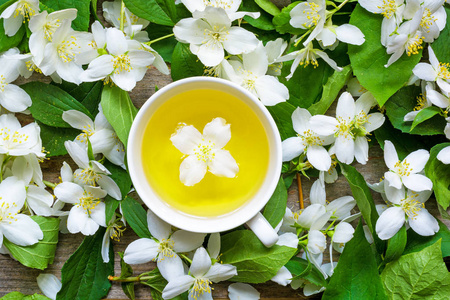

Next Issue: The “Lazy Nourishing” Way of TCM
What are the differences between TCM and Western Medicine?
Discussing health and disease prevention from the perspectives of TCM and Western Medicine
Stay tuned
Long press the QR code to follow us







